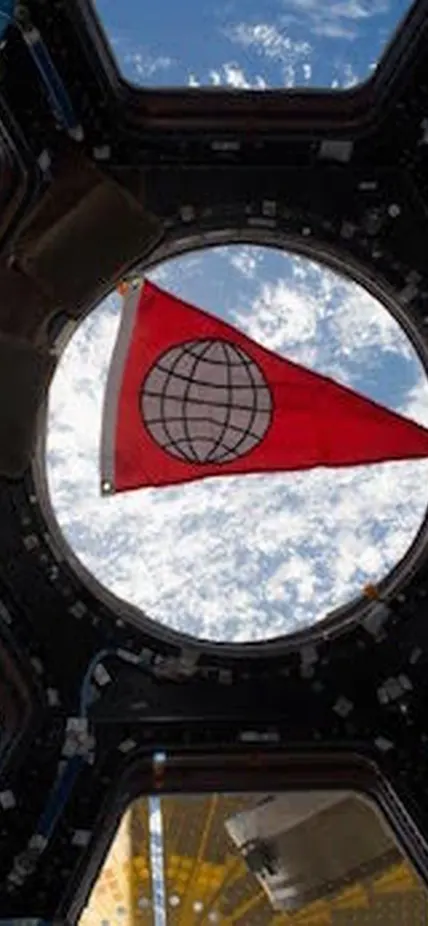Dear Friends,
I hope 2018 is finding you well. The spring edition of our Carnegie Observatories newsletter highlights some major discoveries that have mostly come from our astronomy and planetary science colleagues at Carnegie’s Department of Terrestrial Magnetism in Washington, D.C., and involved scientists and instrument builders here in Pasadena. I wanted to take this opportunity to tell you more about the impressive research being done at DTM.
DTM was founded in 1904 to map the Earth’s geomagnetic field—a hot research topic at the time, which was largely accomplished by 1929. Since then, the department has evolved, but its goal of understanding the Earth and its place in the universe has remained the same. Today, it is home to astronomers and astrophysicists, geophysicists and geochemists, and cosmochemists and planetary scientists.
Some of Carnegie’s most-historic luminaries hailed from DTM, such as National Medal of Science recipient Vera Rubin, whose work with Kent Ford on spiral galaxies confirmed the existence of dark matter.
What’s more, our DTM colleagues share the telescopes and instruments at Carnegie’s Las Campanas Observatory in Chile with us—using them to make many exciting discoveries every year.
Our cross-country colleagues are always busy with work that spans the breadth of planetary science from Earth’s Moon, to our own Solar System, to exoplanets around distant stars. But this winter, they have been particularly productive.
Staff scientist Alycia Weinberger and postdoctoral researcher Meredith MacGregor made big news earlier this month with an announcement of a massive solar flare from Proxima Centauri, the closest star to our own Sun, which raises questions about the habitability of our Solar System’s nearest exoplanetary neighbor, Proxima b.
Also in the planetary realm, Johanna Teske, a postdoc shared by DTM and the Observatories, used the Planet Finding Spectrograph on Carnegie’s 6.5-meter Magellan II telescope to reveal that a star about 100 light years away, GJ 9827, hosts what may be one of the most massive and dense super-Earth planets detected to date.
Too small to sustain the hydrogen fusion process that fuels stars, brown dwarfs are a favorite research topic of planetary scientists. Because they are free-floating, their atmospheric properties are much easier to study without being overwhelmed by the light of a central star. Postdoc Jonathan Gagné led a team that pinpointed the temperature in the cooling-off process when a brown dwarf undergoes a major atmospheric shift.
Our planetary science colleagues don’t just look beyond the boundaries of our own Solar System, however. Some, like postdoc Miki Nakajima, study the formation and evolution of our own Moon. Her latest models show that even though the Moon’s chemistry is turning out to be wetter than previously thought, this doesn’t preclude its formation from a collision between proto-Earth and another object 4.4 to 4.5 billion years ago.
With so much recent impressive work from Carnegie’s DTM, and more to come on the horizon, I wanted to share the scope of work that can be accomplished using our shared Carnegie facilities and knowledge base.
Thank you as always for your support of and interest in Carnegie.
Best,
John
Dr. John Mulchaey
Crawford H. Greenewalt Chair and Director
Carnegie Observatories
